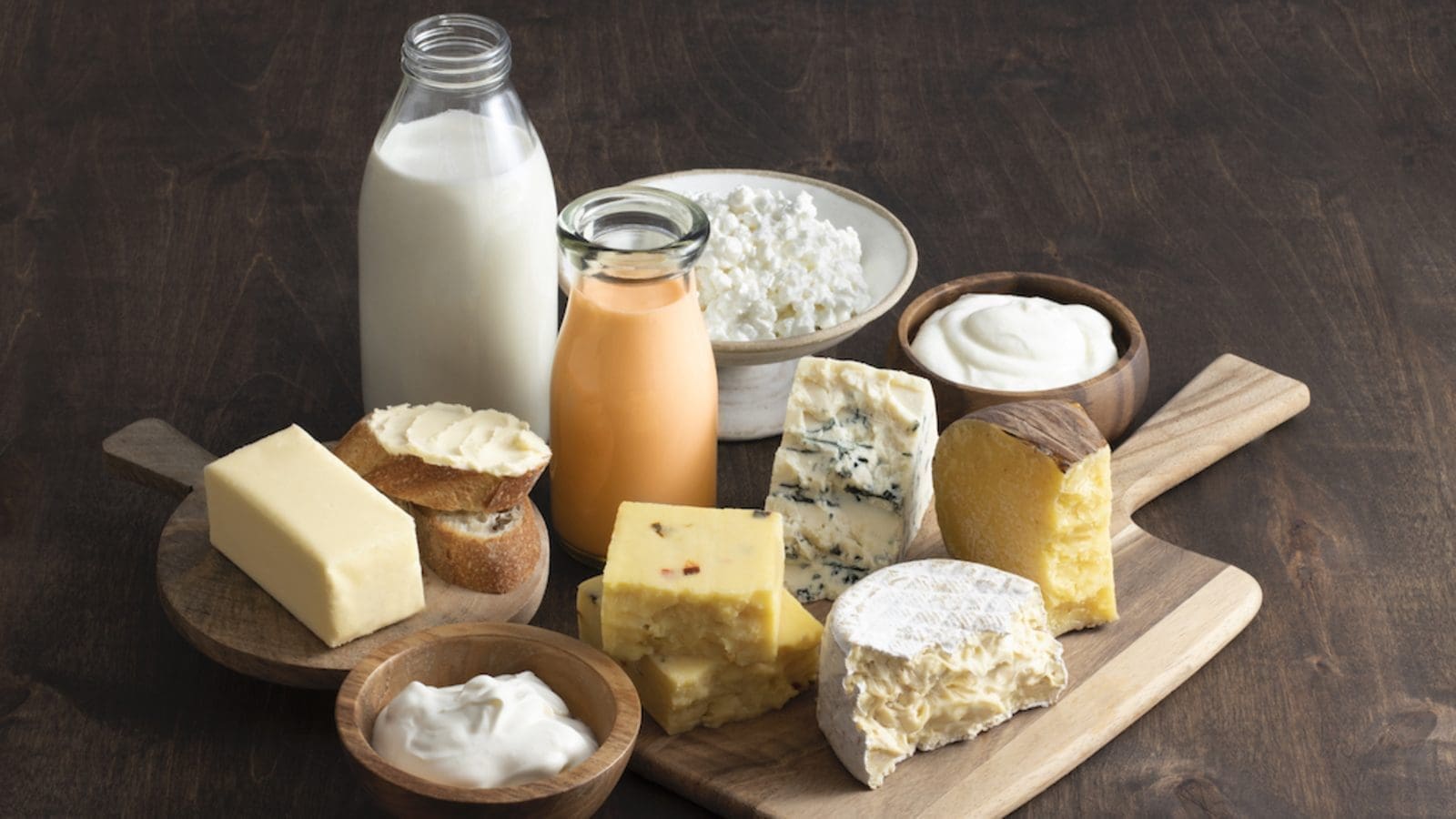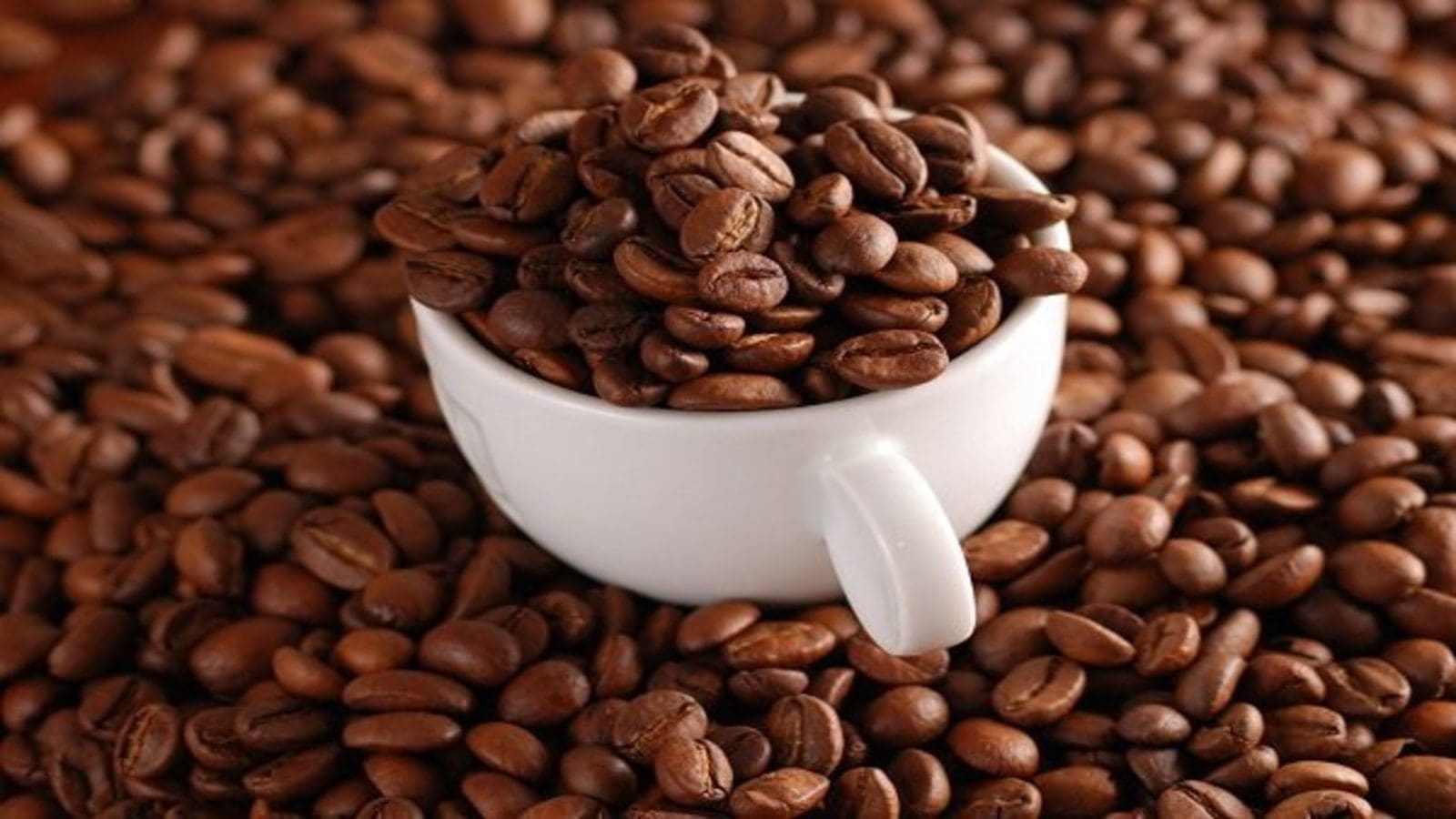EUROPE – Environmental restrictions from the European Union (EU) are stagnating milk production in the block, according to a Global Agricultural Information Network report from the Foreign Agricultural Service of the US Department of Agriculture (USDA).
The block’s (not including the UK) milk production peaked in 2020 and has been decreasing due to decreasing numbers of cows considering that lots of farmers are quitting dairying as they choose not to make the needed investments to meet the new requirements.
Cheese production for 2022 in the EU27 (the block’s countries) is forecasted to increase at the expense of the production of butter, non-fat dry milk, and whole milk powder, the report stated.
The report forecasts cow milk production for 2022 to be 144.6 million MT (MMT), a decrease of 434,000 MT compared to 2021 and 836,000 MT down from 2020.
In addition, the EU dairy industry experts expect EU milk production to decline further from 2023 onwards when the new Common Agricultural Policy (CAP) and the accompanying Farm to Fork Strategy (F2F) conditionalities that require EU dairy farmers to adjust their production systems come into effect.
In 2020, milk production in the EU was still increasing by 1.6 percent compared to 2019, with the biggest increases being in Belgium, Ireland, Italy, Poland, and Spain.
The report revealed that China has become the dominant export destination for EU milk in recent years, accounting for half of EU liquid milk exports or about 0.5 percent of EU production.
The EU27 cheese production for 2022 is forecasted to increase to 10.6 MMT, an increase of 50,000 MT over 2021 and almost 240,000 MT higher than production in 2020.
This is because Cheese production is given priority over other dairy commodities and is preferred by the EU27 milk factory use.
USDA expects this trend to continue as several new cheese plants have emerged in recent years, mainly to produce industrial mozzarella for the food processing industry but at a slower pace because the decrease in milk deliveries means that it comes at the expense of other products.
The main EU cheese exporting Member States (MS) are Germany, Ireland, France, the Netherlands, Italy, and Denmark accounting for almost 43 % of China’s imports in 2021.
The report details that EU27 domestic cheese consumption increased in 2020 and 2021, but the increase in the value in 2020 is forecast to slow because supply limitations are driving up prices.
The EU butter market is growing more slowly and may well start to contract in 2022, as the aging population is looking for healthier eating patterns and a lack of milk deliveries.
Butter production decreased by 2 percent in 2021 compared to 2020 and is forecasted to decrease slightly further in 2022, the report noted, while EU27 butter exports for 2022 are forecasted to further decrease in response to the surge in prices, after a 16 percent decrease in 2021 compared to 2020.
EU27 butter consumption in 2022 is forecasted to slightly decrease compared to 2021, which was higher than in 2020.
The EU27 2022 Non-Fat Dry Milk (NFDM) production is forecast to further decrease after a 4 percent dip in 2021, compared to 2020 following the decrease in butter production.
More than half of EU NFDM production is exported while consumption of NFDM in 2022 is forecast to decrease further, after limited production and increasing prices already suppressed consumption in 2021 compared to 2020.
USDA forecasts a further decrease in Whole Milk Powder (WMP) in 2022, after a 10 percent decrease in 2021 compared to 2020.
Liked this article? Subscribe to Food Business Africa News, our regular email newsletters with the latest news insights from Africa and the World’s food and agro industry. SUBSCRIBE HERE.











